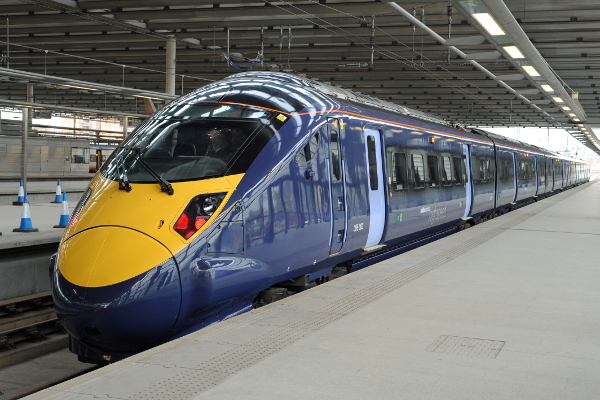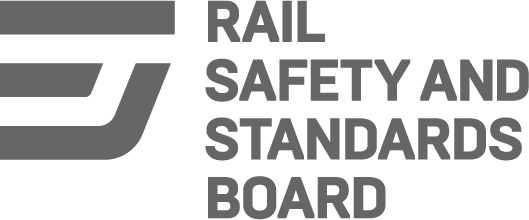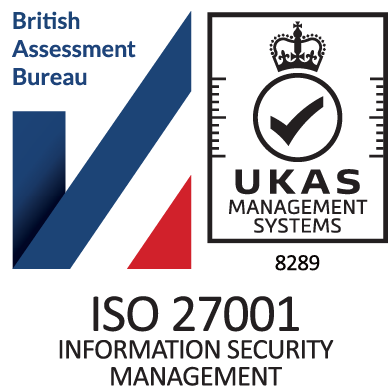
Southeastern Railway agree their assessment process is 100% better using electronic competence management
Southeastern Railway, operated by Govia, a joint venture between leading transport operators Go-Ahead and Keolis, operates one of the busiest networks in the country. Ensuring the safety of their networks is critical for Southeastern.
Before adopting an electronic competence management process, Southeastern Rail conducted all its driver assessments on paper. Each time an assessment needed to be completed, the assessor had to travel back to their location, resulting in a highly inefficient process with gaps. As a result, the business also lacked consistency in assessments and tracking of performance criteria, and at no time did it have a high-level overview of the status of the driver assessments.
Through incidents resulting from shortfalls in assessments and no consistent quality process, Southeastern realised that they needed to streamline their assessment model, and they wanted an electronic process to improve efficiencies.
The AssessTech team worked closely with the team at Southeastern at the outset to onboard their drivers and assessors and train each individual on using the system in exactly the same way to ensure consistency.
The biggest benefit to Southeastern is the ability to complete quality, detailed assessments, in real-time. Driver managers now have access to a wealth of information where they can intervene early to ensure competence levels are maintained and incidents are pre-empted. ACMS plans a drivers’ assessments which makes it easier for them to work on the areas they have gaps in and if a driver has had a previous incident, additional assessments can be added to their profile to improve in those areas.
They have some challenges communicating with drivers out of hours and obtaining electronic signatures, which the aBulletin app provides. Working closely with the team at AssessTech, Southeastern are tailoring the app specifically to their requirements and adding in additional functionality which they hope to start using in July 2019.




